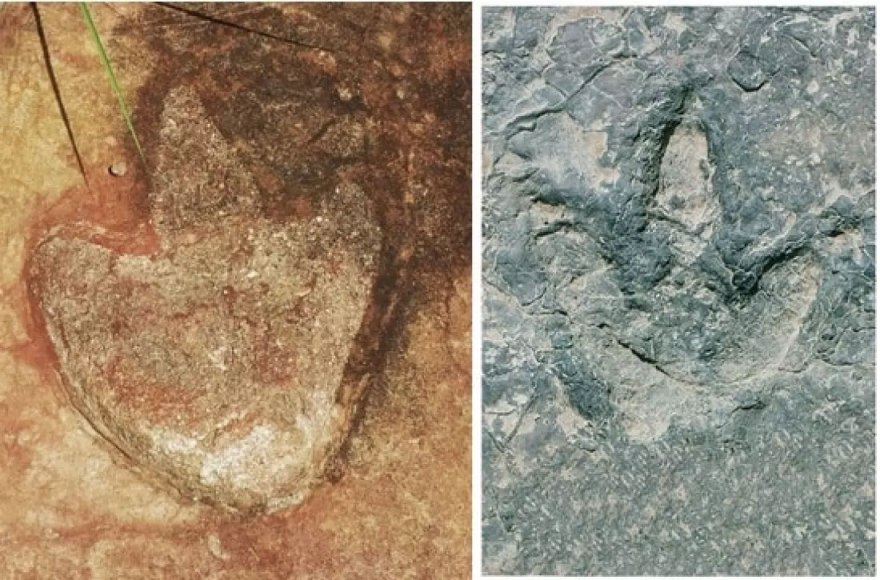A newly discovered dinosaur may have spent part of its life underground. Paleontologists have recently uncovered a new fossilized animal — and this time, it’s a burrower. Fona herzogae, discovered in Utah by researchers and paleontologists from North Carolina State University, was a small, herbivorous dinosaur that lived during the Cenomanian period — about 100 to 66 million years ago.
“If you took the tail of a Komodo dragon and attached it to the back of an ostrich, Fona would look something like this,” researcher Haviv Avrahami told NPR.
Avrahami, a graduate student at North Carolina State University, was part of the team that identified the new dinosaur. They published their research in the scientific journal The Anatomical Record.
Avrahami says that instead of thinking about how big Fona was, it might be wiser to think about how long he was.
“It was a small dinosaur. It was about seven feet long, so it would probably be as long as Shaq if he was lying down,” Avrahami said.

Artist’s conception of Von Herzog. Jorge Gonzalez
Avrahami and his team also believe that this new dinosaur was a burrowing species that spent at least part of its life underground. He said paleontologists know little about small plant-eating dinosaurs like Fona. That’s why it’s so important for figuring out how subterranean dinosaurs lived, ate and socialized.
“Their family tree is essentially like a giant black hole in paleontological knowledge,” Avrahami said.
The researcher also had a hand in naming the dinosaur Fona. He said that while many dinosaur species are named according to Anglo-Saxon traditions, Fona is named after the birthplace of Abraham’s mother: Guama.
“The name Fon comes from our ancient creation mythology, which talks about a spirit brother and sister,” Avrahami said.
“Fona is the sister and Pontan is the brother. When Pontan dies, Fona uses parts of his body to create parts of the universe and parts of the island. Eventually, she herself dies and becomes petrified, and from her petrified body, the Chamorro people emerge.”
Avrahami hopes his team’s discovery will help us learn more about this small burrowing dinosaur and the lifestyle it led millions of years ago.






